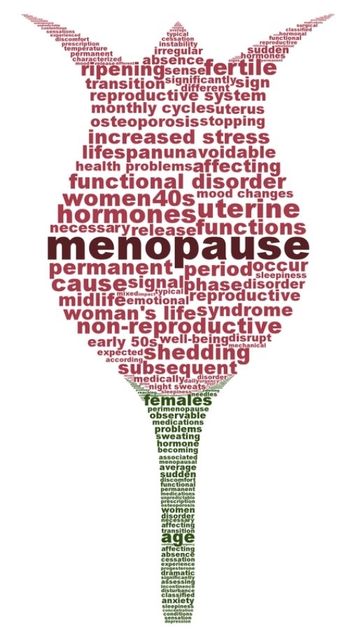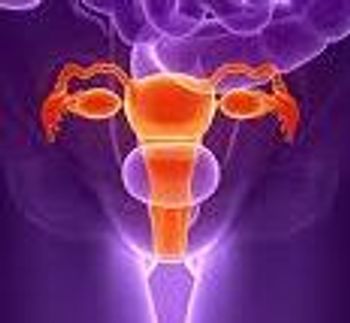
A study of a representative sample of US women shows a clinically significant association between early menopause and exposure to 15 different endocrine-disrupting chemicals.

A study of a representative sample of US women shows a clinically significant association between early menopause and exposure to 15 different endocrine-disrupting chemicals.

Women who experience menopause before age 46 have an increased risk of heart disease, and smoking status can modifying this risk in older women.

Women with more severe vasomotor symptoms and night sweats may be at risk of having poorer bone health, according to a prospective observational study.

Vaginal estrogens are effective options for managing bothersome symptoms related to genitourinary syndrome of menopause in postmenopausal women.

Cartoon: Changes in hormone levels aren't the only cause of sleep disturbances in menopausal and postmenopausal women.

Approved treatments of menopause-related symptoms can have narrow indications, but they may offer broader relief of the most bothersome menopause symptoms.

Paroxetine may be a reliable nonhormonal treatment option to help reduce vasomotor symptoms and improve sleep in postmenopausal women.

Go ahead and recommend exercise for overall health benefits, but don't advise patients that exercise can reduce hot flashes and night sweats during menopause.

Removal of the ovaries and fallopian tubes at the time of a hysterectomy doesn't increase the risk of pelvic organ prolapse, new research finds.

Two studies revealed that treatments for symptoms of menopause differed based on when physicians trained and perception of patient understanding.

Many women complain of changes in their cognitive function during the menopausal transition. Here's how to tell what's normal and what's not--and how to treat appropriately.

How much does ospemifene really help in the improvement of sexual function in postmenopausal women? David Portman, MD, discusses new study findings.

Mid-life changes: you never know what menopause may bring.

New research has found that certain troublesome lower urinary tract symptoms are significantly associated with other troubling characteristics.

Sheryl Kingsberg, PhD, professor of reproductive biology and psychiatry, explains how OB/GYNs can provide office-based sex therapy by telling patients these 5 things.

Many sexual desire problems in women can be addressed without a prescription, but OB/GYNs must first develop skills for frank discussions with patients about sex.

When evaluating vasomotor symptoms in menopause, including sleep-wake cycles, have you ever considered the utility of an activity tracker?

A new mobile app is now available to help women and their providers make decisions about managing symptoms related to menopause.

Sexual desire problems in midlife women are common, but of key importance is determining whether they cause distress, says Raymond Rosen, PhD.

Experts advise against any off-label prescribing of testosterone for women, unless they are postmenopausal with a low sex drive.

Menopause will be unique for each woman, and a physician-patient partnership is a must if women want effective menopause management.

Osteoporosis isn't a disease of older women; it's a disease of all women, incubating in even our youngest patients.

Actress Kim Cattrall discusses her menopause journey and partnership with Tune In To Menopause, an awareness campaign designed to empower women.

Look no further: The North American Menopause Society has issued recommendations that offer the latest information for managing a woman's health through menopause.

The North American Menopause Society (NAMS) has issued guidelines for care of women at midlife, based on the textbook Menopause Practice: A Clinician’s Guide. Published in Menopause, the recommendations cover more than 50 topics, including vasomotor symptoms, osteoporosis, and vulvovaginal health.